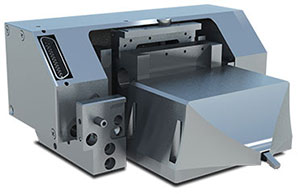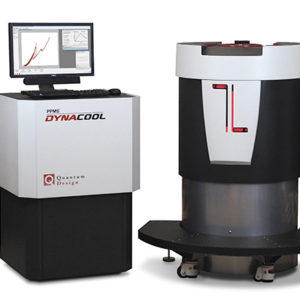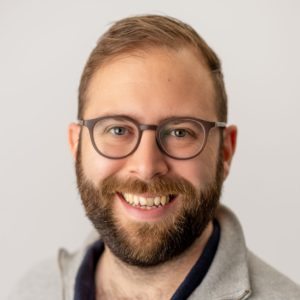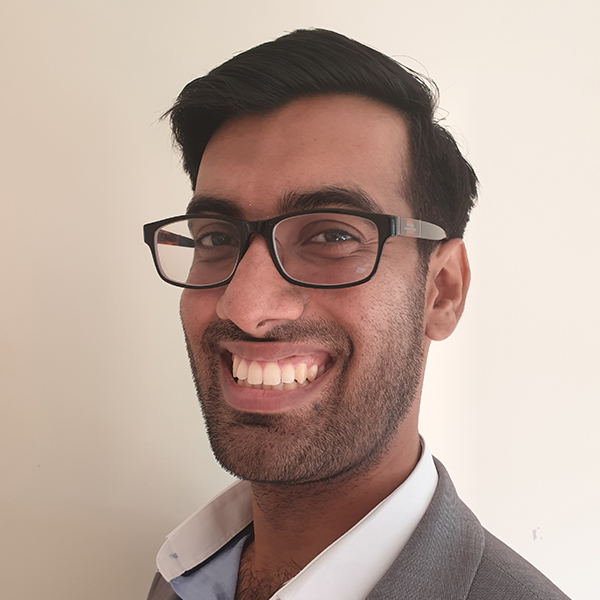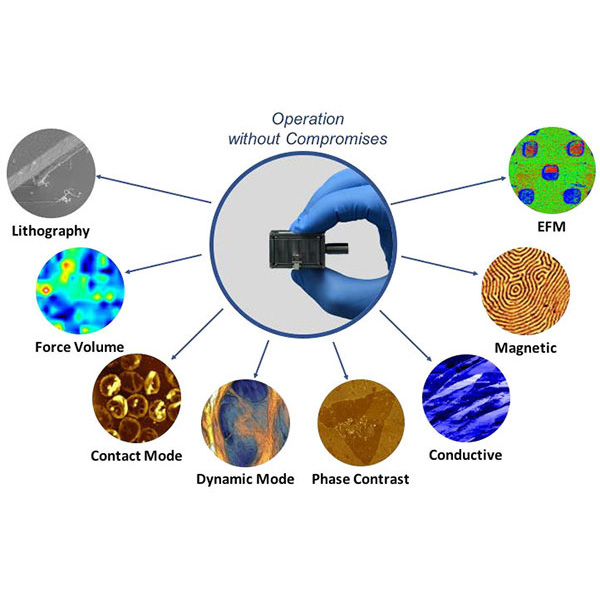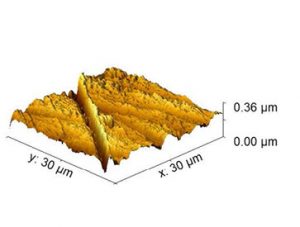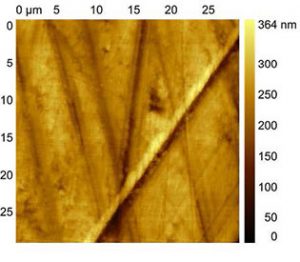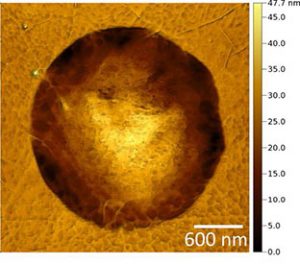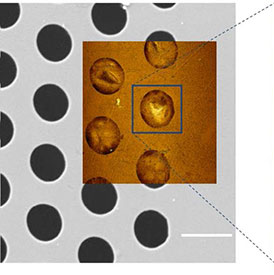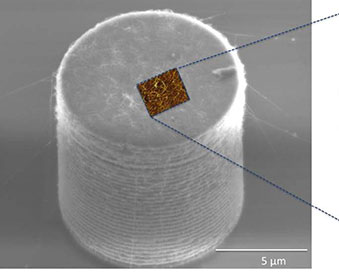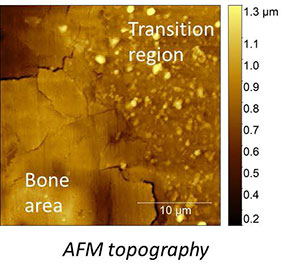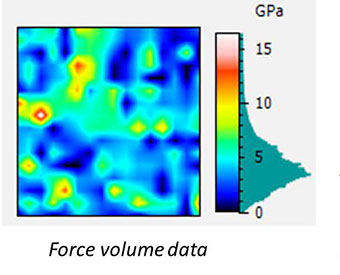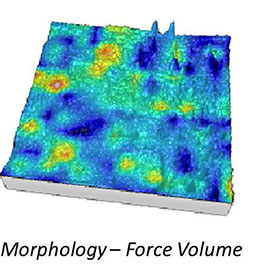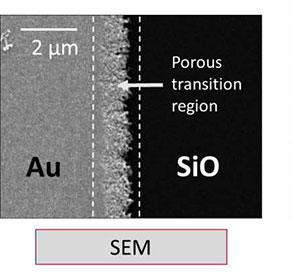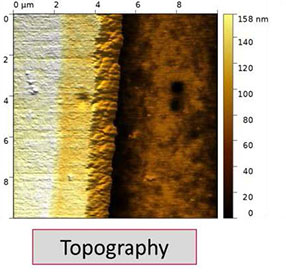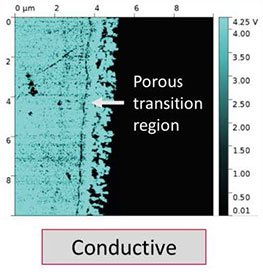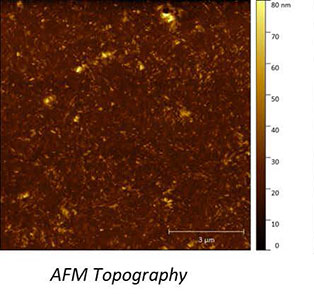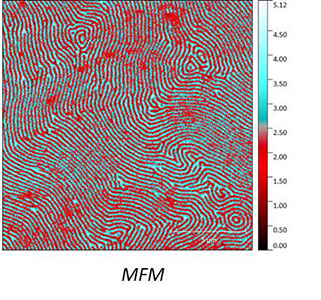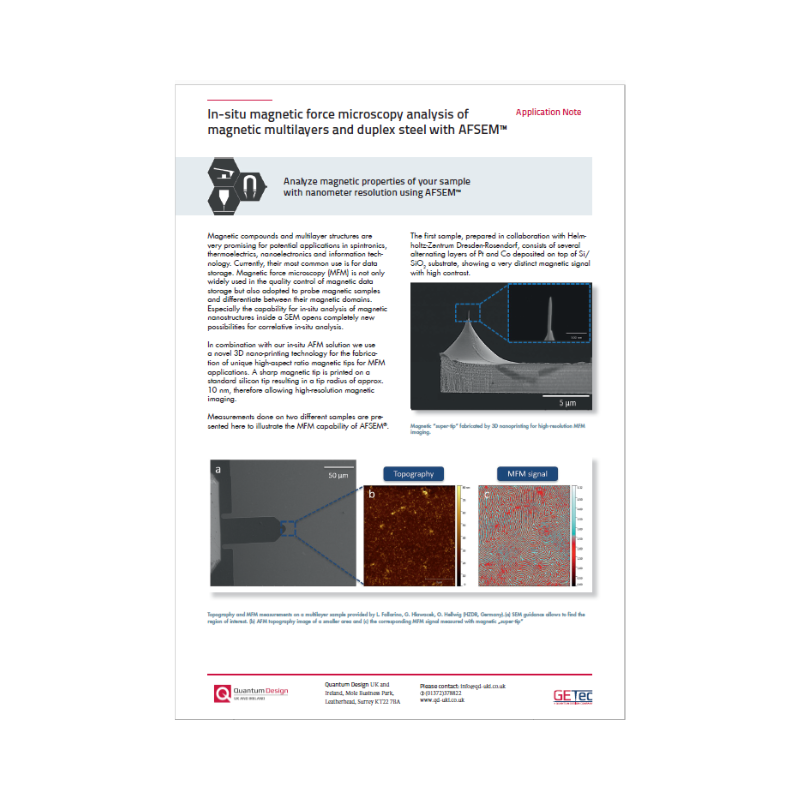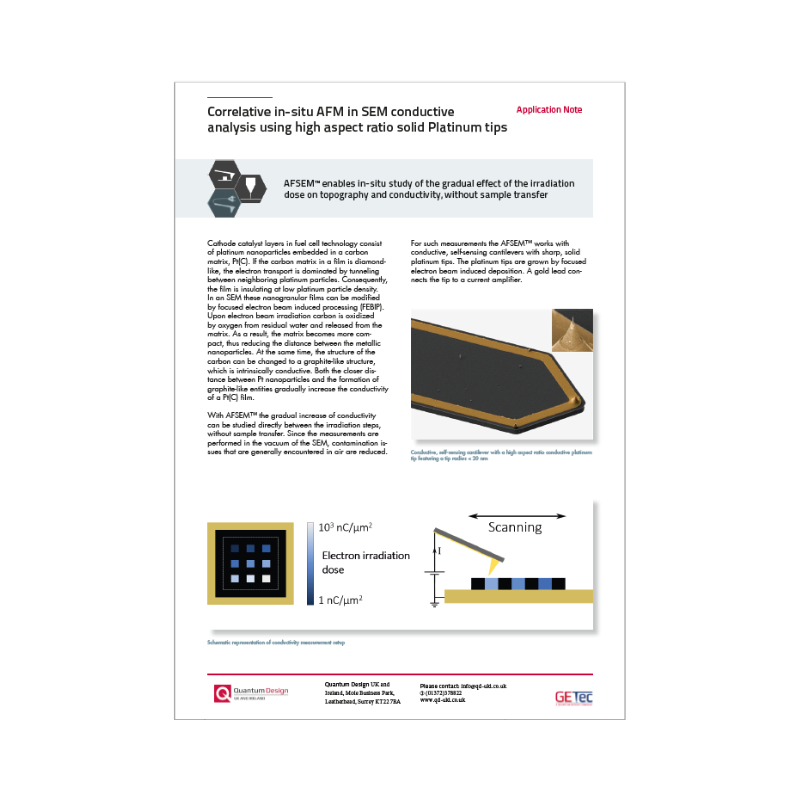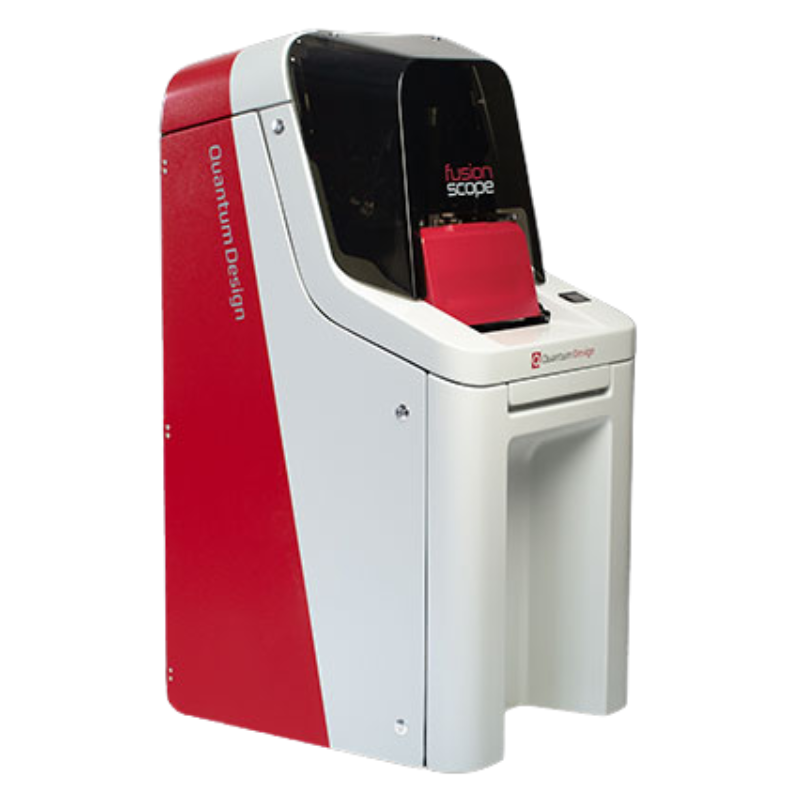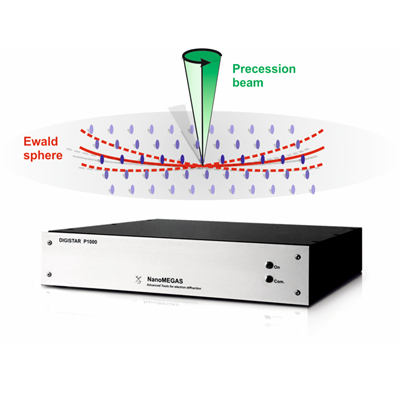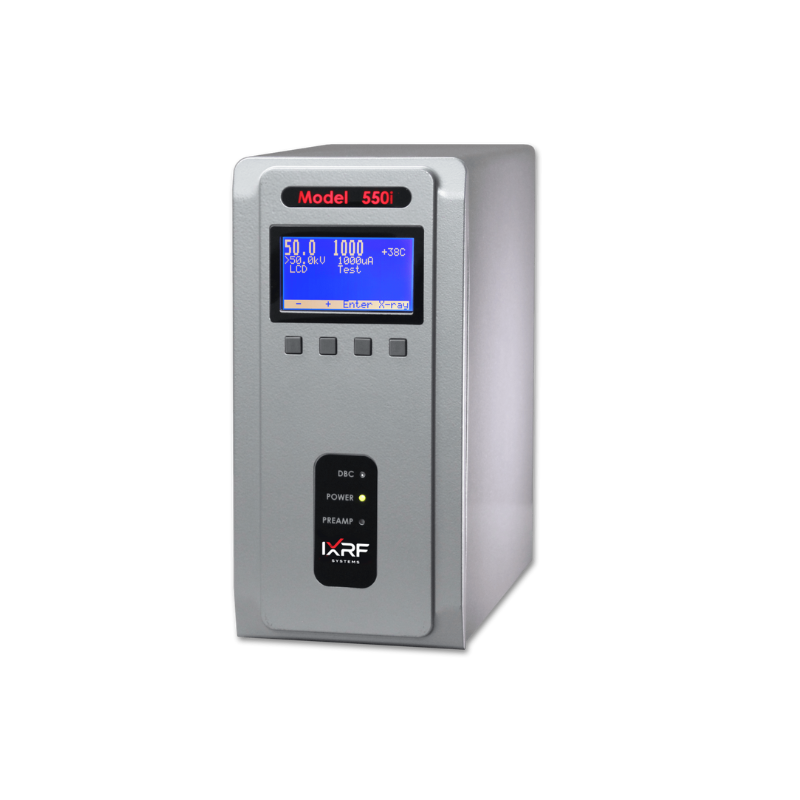- Features
- Models
- Options
- Videos
- Downloads
- Related Products
- Contact
- Back To Spectroscopy
- Back To Optics
- Back To Hyperspectral
- Back To Cameras
- Back To X-Ray
- Back To Light Measurement
- Back To Characterisation
- Back To Electron Microscopy
- Back To Magnetometry
- Back To Ellipsometers
- Back To Cryogenics
- Back To Lake Shore
AFSEM®nano Atomic Force Microscope
Atomic Force Microscope for SEM/FIB
AFSEM nano is an atomic force microscope (AFM), designed for integration in a SEM or Dualbeam (SEM/FIB) microscope. Its open access design allows you to simultaneously operate SEM and AFM inside the SEM vacuum chamber. The correlated image data of AFM and SEM enable unique characterisation of your sample, and the combination of complementary techniques is a key success factor for gaining new insights into the micro and nano worlds. AFSEM nano enables you to easily combine two of the most powerful analysis techniques to greatly extend your correlative microscopy and analysis possibilities.
AFSEM nano lets you simultaneously image your sample with high resolution, create true 3D-topography representations, and accurately measure heights, distances and even material properties, all while maintaining the large SEM field of view to position your AFSEM nano cantilever exactly where you want it. The powerful AFSEM nano control software allows for optimised and intuitive measuring, system handling, and data analysis.
For product or material analysis, it is often desirable to analyze a sample with multiple techniques and look for correlations between parameters. For imaging techniques like SEM and AFM this means one should make sure to analyse the exact same area. What easier way for correlative SEM-AFM analysis than performing the AFM measurement directly inside the SEM?
The AFSEM nano design is based on a x-y-z tip scanner, allowing it to work in tandem with nanomanipulators for simultaneous AFM and nano-probing workflows. This unique capability is particularly important in SEM-Focused Ion Beam (FIB) applications in the semiconductors industry such as delayering, nanoprobing, failure analysis, and detailed characterisation of semiconductor devices. Especially unique is the possibility to bias device structures using the nanomanipulators, while performing simultaneous conductive or magnetic imaging with the AFSEM nano. The image on the left, showing 5 Kleindiek nanopositioners mounted to a shuttle stage along and the AFSEM nano mounted to the right, was taken within a ThermoFisher Teneo SEM chamber.
AFSEM NANO FEATURES
- Small size; does not impede SEM operation
- Multiple measurement modes available
- Uses self-sensing cantilevers
- Powerful easy-to-use control software
- Compatible with most SEMs/FIBs
The AFSEM nano is a fully functional atomic force microscope and therefore is capable of all normal measurement modes expected from a standard AFM. Contact mode, intermittent contact mode, non-contact, force-volume, and phase contrast mode are all available and the user can switch between them easily using the controller software. The advanced modes, namely Conductive AFM (C-AFM), Magnetic Force Microscopy (MFM) and Electrostatic Force Microscopy (EFM) are also available by using the functional probes. Kelvin Probe Force Microscopy (KPFM) and Scanning Thermal Microscopy (SThM) are currently under development.
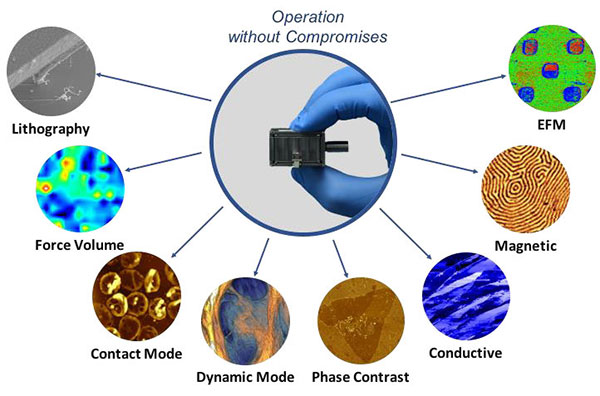
AFSEM nano Models
- World’s smallest AFM insert for your SEM/FIB
- Easy integration in space-limited environments
- Full grade V titanium body for best mechanical stability and performance
- XY Closed-loop tip-scanner with 22 x 22 µm scan range
- Z-Range: 11 µm
- All standard AFM modes
